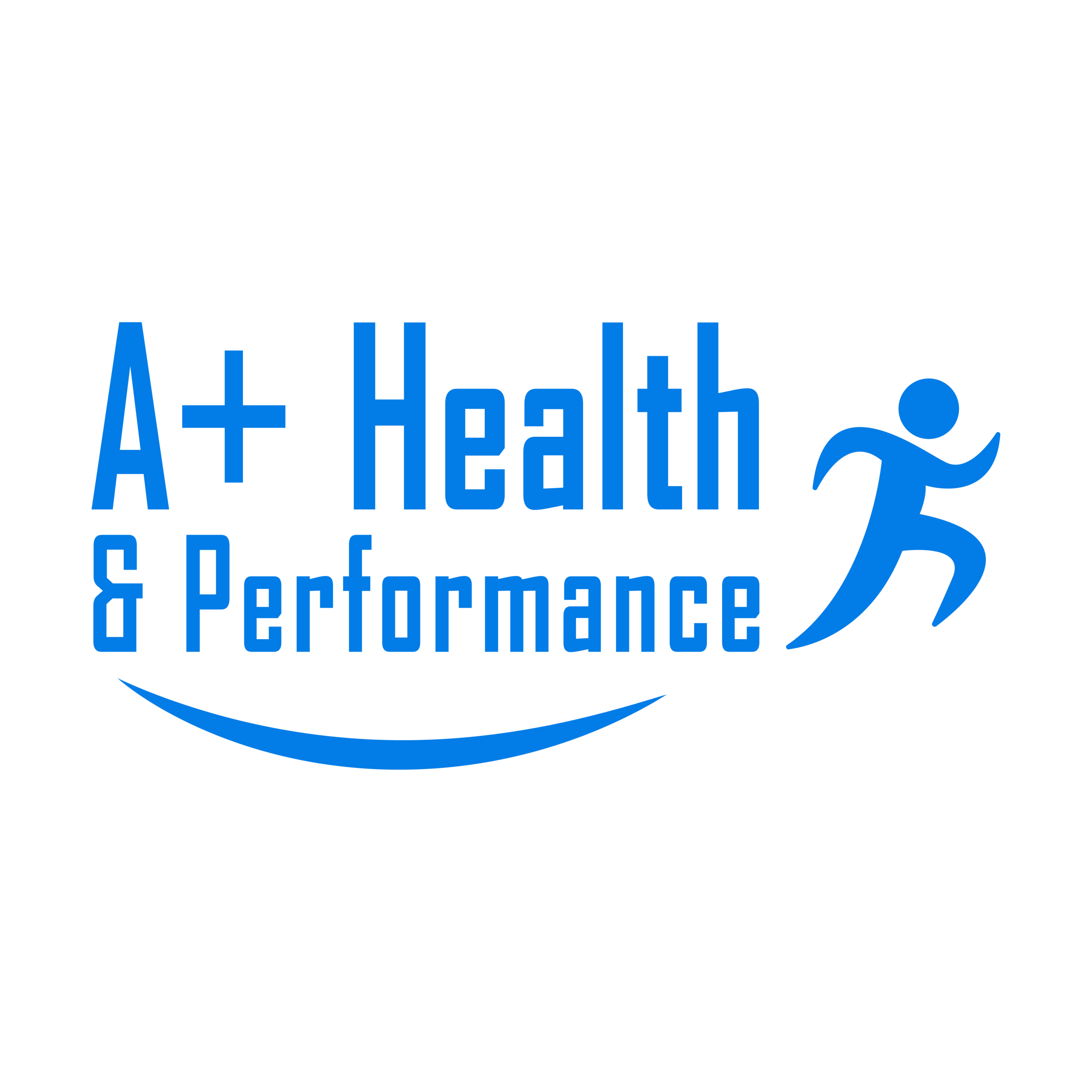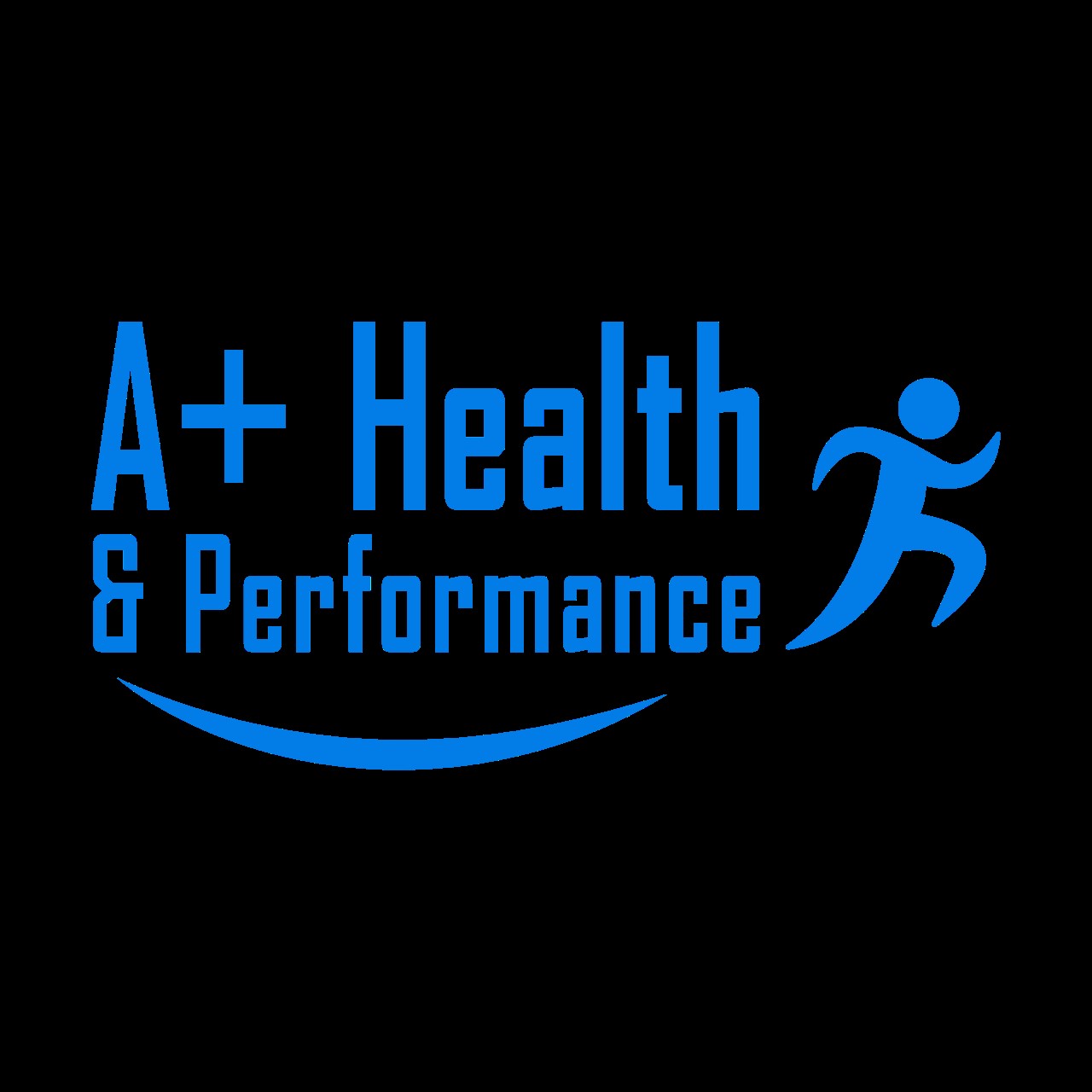How to include strength training for endurance sports
Do you include strength training as part of your regular training? How can this fit in with your sports training? How often should you strength train?
All sports require a specific set of skills and physical attributes to meet the demands of that sport and obviously the athlete will need to train for the specific skills and techniques that are required. Endurance sports require regular aerobic training sessions to develop the physiological capacity to meet the specific demands, which when combined with efficient technique will allow the athlete to perform to the best of their ability. In most cases the best form of 'training' is to actually perform the sport itself. To further develop the specific skills and physical attributes required, training can be broken down to focus on many other aspects including skill development, motor control, strength, mobility, speed and power. Strength training is a great way to develop many of these physical attributes and should be included in the training plans of all athletes.
Triathlon for example, is primarily a strength-endurance sport. Consider the fact that a triathlete is required to produce sub-maximal forces over an extended duration (1hr to 10+ hrs) while resisting the onset of fatigue. Basic physics states that power = force x velocity. Therefore, if an athletes’ maximal strength (ability to apply force) has improved they can now produce the same amount of force at a lower percentage of their maximal output which will delay the onset fatigue; or on the other hand, for the same level of exertion they can now produce a higher absolute force, therefore producing more power. Conversely, if the athlete is able to apply the force at a faster rate they will also produce more power.
This is where strength training is important for the endurance athlete. Cyclists need to produce power through the pedals, runners have to be able to support their own body weight and apply force through the ground, swimmers have to produce enough force to move through the water efficiently and similarly surf-sports athletes have to apply force through the water when paddling.
As a non-strength athlete, ie. not the primary goal of the sport (eg. triathlon, cycling, running, swimming, paddling, soccer, AFL etc), strength training should be used in addition to endurance training and has many health benefits along with performance benefits including creating a stronger, more powerful and resilient athlete, reducing the risk of injury, improving movement mechanics and neuromuscular efficiency, improving mobility and musculoskeletal function and promoting athletic development.
Most athletes will follow a periodisation model with endurance training meaning volume and intensity will be adjusted depending on the time of season and their competition schedule etc. Training phases throughout a year may vary from sport to sport but will usually include general preparation/ base, specific preparation/ build, race/competition or taper and an off season period. Similarly with strength training a periodisation model should be followed with adjustments made in volume and intensity depending on the phase of the season. Strength training can be performed safely and effectively in all of these phases to develop a healthy well-rounded athlete and lay the foundations for future performance gains.
- General preparation/ base (8-12 weeks)- Athletes should allow for 2-3 strength sessions per week with a higher overall volume working towards higher loads (75-90% max) to develop foundational strength and stability through correct movement patterns and prepare the athlete for higher intensity workloads of both strength and endurance training. Key exercises should target major muscle groups and may include squats, deadlifts, rows, pull-downs, pull-ups, push-ups, presses along with stability and rotational exercises.
- Specific preparation/ build (4-8 weeks)- Sports specific sessions are taking priority with up to 2 sessions of strength training per week focusing on developing explosiveness, speed, power and Rate of Force Development. Loads may be lower to allow for explosive movements and sessions may include plyometrics for more experienced strength trainers. Maintaining maximal strength in this phase is important and can be achieved with a lower volume of high intensity exercises that were performed in the previous phase.
- Race/ taper- Importance is placed on maintaining speed and race intensity with adequate rest periods to limit fatigue and promote freshness. In regards to strength training, shorter sessions with low loads (40%) or body weight are effective to maintain explosiveness and neuromuscular activation along with promoting mobility, recovery and body maintenance.
- Off-season- Is a time when there are no specific race goals and sports training is of low intensity and frequency. This is a great time to promote musculoskeletal adaptation, develop a strength base with progression in key exercises, improve weaknesses, recover from niggling injuries and promote efficient movement patterns through specific technique and mobility work. During this phase the athlete may perform up to 3 strength and/or mobility sessions per week depending on individual circumstances.
All athletes should aim to integrate strength training into their regular program to develop a healthier and more balanced athlete to improve sports performance and prevent injuries. When starting out it is best to be on the conservative side and focus on developing good movement patterns that will translate to ongoing performance benefits.


